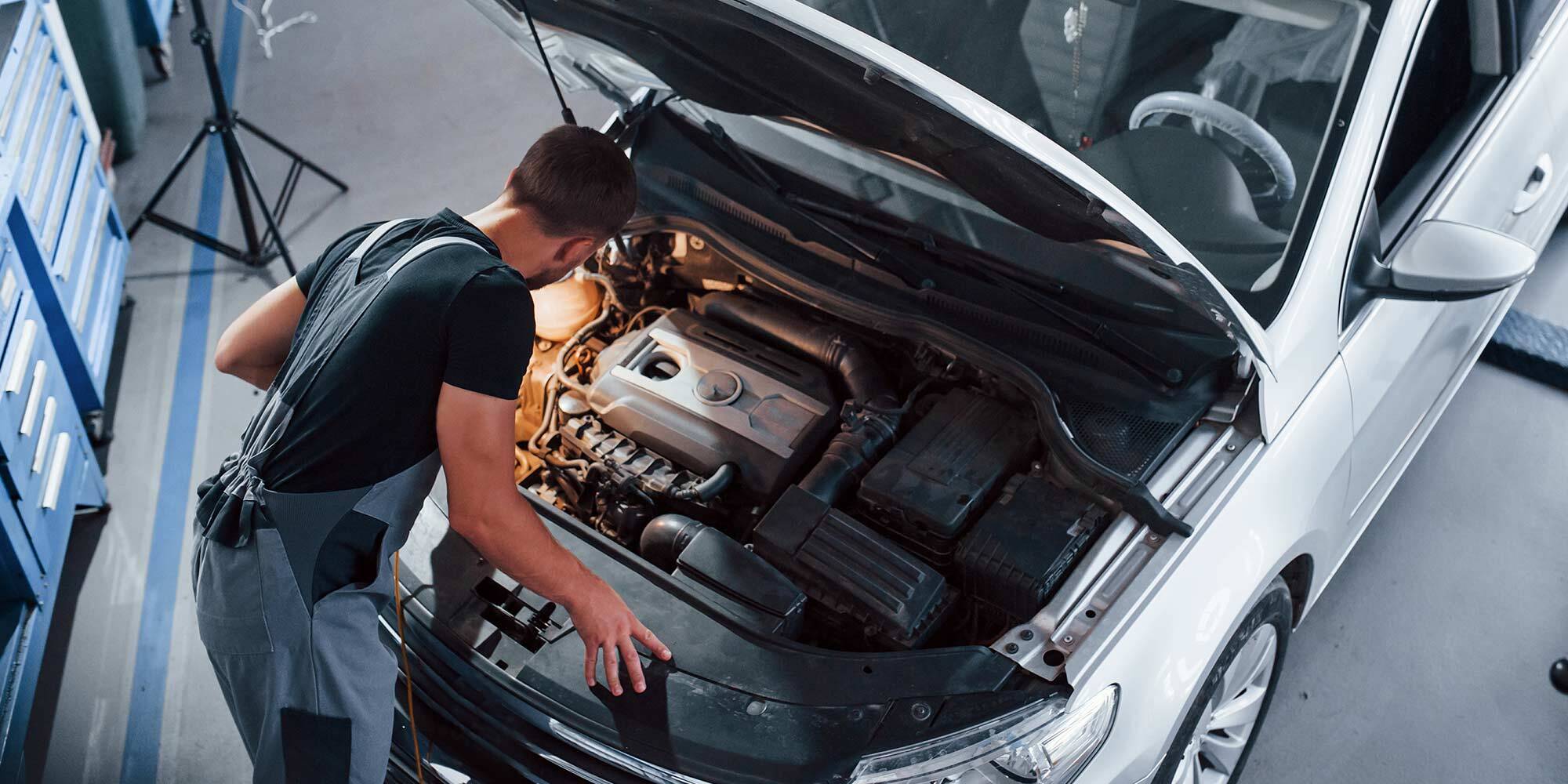Anyone who has driven a car that hasn't just left the dealership can confirm that maintaining a vehicle takes a lot of time and money. Some problems require professional diagnosis and repair, but there are also some that can be diagnosed and solved by yourself. This time, we will look at just such failures and share some tips on how to deal with them.
Oil warning light on the dashboard
It probably goes without saying how important engine oil is - if the oil icon on your dashboard lights up, you should immediately stop and turn off your car. This icon can indicate a variety of problems, but it could also mean that the car has simply run out of oil. Open the bonnet and check the level - if it's below the acceptable limit, you'll need to make sure your vehicle has the correct oil to continue the journey. However, if the test shows that the oil level is sufficient, you will have to take the car to the nearest garage.
"Check Engine" light
This is another message that can be seen on the dashboard. It is often accompanied by the engine icon. However, it is not always a cause for concern: if the picture is blue or green, it is usually for information purposes. Yellow icons are a bit more serious, while red icons are the ones to focus on. However, regardless of the color, car diagnostics can help you find the exact fault. The error code will identify the nature of the problem and, if it is not a major problem, the device will be able to extinguish the light.
Low battery
This is a problem that many people are familiar with during the cold season, but it can occur all year round. You can bring your battery back to life and get your car running again by using a special battery charger or by using the starting cables and getting a neighbour, friend or colleague who has a car to help. If there is no sign of life, you will need to replace it with a new one. It is advisable to leave this work to the professionals, but if you are new to minor car repairs, you should be able to manage this task too.
Tyre issues
Many vehicles have tyre pressure lights that illuminate when the tyre pressure drops too low. To avoid unsafe journeys, your tyres should be inflated as soon as possible - and you can certainly do this yourself. The light can also be extinguished using the diagnostic equipment mentioned above, but if the pressure drops significantly, you still won't be able to avoid this job. As for other tyre problems, it's also worth mentioning that you can change your tyres yourself if you need to. This will require a jack and a spare tyre, which should always be kept in the boot of the car, so that the journey can be extended efficiently enough.
Cosmetic problems
Some vehicle problems are cosmetic - easy to spot with the naked eye. For example, if you see a small scratch, the first thing you can do is to cover it up yourself with special car paint or concealer. Worn wipers could also fall into this category: they usually no longer work, make an unpleasant sound or even make the glass even more dirty. You can replace these parts yourself in just a few minutes. Similarly, rims can also lose their original appearance.
Obviously, there are quite a few car problems that can be solved by yourself. If you have any doubts at all, it's better to leave it to the professionals, but it's likely that in many cases you'll be able to do without them.

